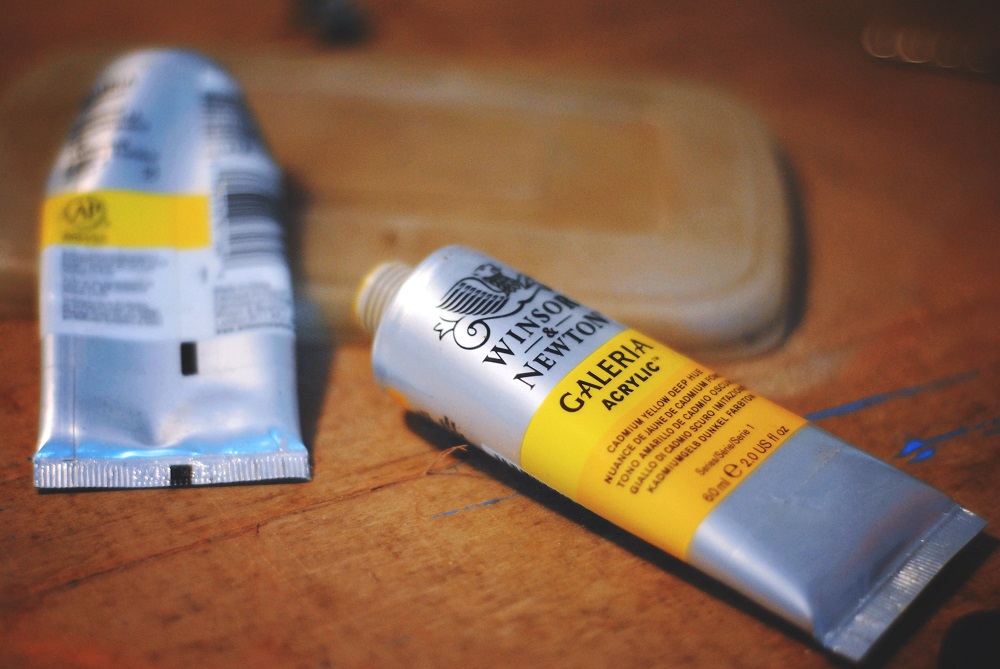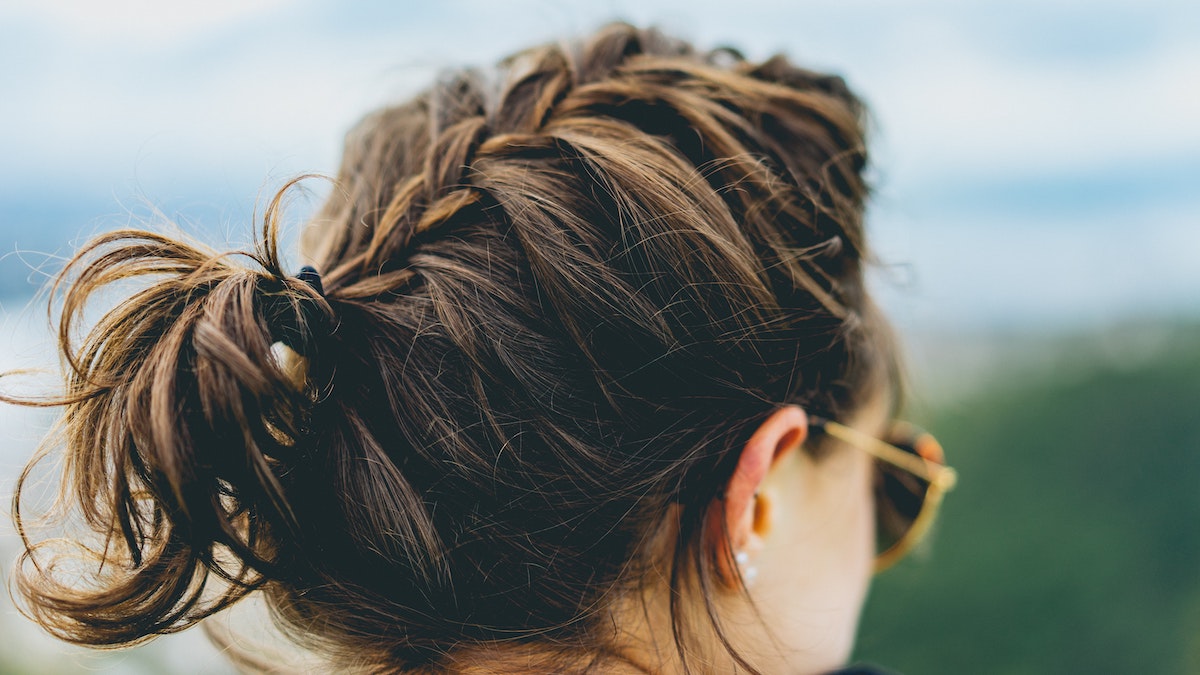There has been a surge of interest in using watercolors on canvas as a medium for artistic expression. This trend has been exemplified by renowned artists like Van Gogh, whose captivating masterpiece “Landscape with Wheelbarrow” showcases the potential of watercolor on canvas.
As the fascination with this medium grows, this article aims to serve as a comprehensive guide tailored for beginners, offering insights into techniques, tools, and creative possibilities that watercolor on canvas can offer.
- Watercolors on Canvas: Understanding the Basics
- Preparing Your Canvas and Materials
- Choosing the Right Canvas and Paper
- Mixing Watercolors: Color Theory and Techniques
- Creating Depth and Texture
- Painting Techniques and Styles
- Combining Watercolors with Other Media
- Proper Techniques for Layering and Blending
- Overcoming Challenges: Fixing Mistakes and Lifting Colors
- Framing and Displaying Watercolor Canvas Artworks
- Caring for Watercolor Canvas Artworks
- Benefits of Painting with Watercolors on Canvas
Watercolors on Canvas: Understanding the Basics
Watercolors on canvas present a captivating fusion of medium and surface. Watercolors, known for their translucent and ethereal qualities, find an intriguing partnership with the texture of a canvas.
Unlike traditional watercolor on paper, using canvas offers some significant advantages. It’s more durable and provides a broader range of textures. The absorbent nature of canvas allows for unique blending effects and texture retention. When watercolors meet the canvas texture, they add depth to artwork and create an exciting interplay. While watercolor on paper is known for its subtlety, watercolor on canvas opens up a whole new realm for artists to explore, where fluidity and tactile expression come together.
Preparing Your Canvas and Materials

Achieving success with watercolors on canvas begins with meticulous preparation. Follow these steps to prime your canvas effectively:
- Choose the Right Canvas: Opt for a high-quality watercolor canvas with a suitable weight to withstand the wetness of the medium.
- Surface Preparation: Stretch the canvas on a wooden frame to ensure a taut and smooth surface. This minimizes warping when the paint is applied.
- Priming the Canvas: Apply a layer of watercolor ground or gesso specifically designed for watercolor painting. This seals the canvas and provides a suitable texture for the watercolor pigments to adhere to. Use a broad brush for an even application.
- Drying Time: Allow the canvas to dry completely before starting your artwork. Follow the manufacturer’s instructions for drying time, as it varies based on the chosen ground or gesso.
But aside from a canvas, you’ll also need suitable materials for your artwork. Here’s a list of supplies that will come in handy when working with watercolors on canvas:
- Watercolor Paints: Opt for artist-grade watercolors that offer vibrant pigments and good lightfastness. These paints blend seamlessly with the canvas texture.
- Brushes: Use brushes with natural or synthetic bristles suitable for watercolors. Different brush sizes and shapes allow for diverse techniques, from washes to fine details.
- Palette: A watercolor palette with wells for mixing and diluting paints is crucial. Palette design affects color mixing efficiency.
- Masking Tape: Use masking tape to create clean edges and prevent paint bleeding. Secure the canvas edges for a neat finish.
- Water Containers: Keep separate water containers for clean water and rinsing brushes. This prevents color contamination and ensures controlled paint dilution.
Choosing the Right Canvas and Paper

Selecting the ideal canvas and paper is pivotal for successful watercolor artistry. Consider the below factors when choosing a canvas and paper for watercolor painting.
- Primed Canvas: Pre-primed canvas with watercolor ground offers a textured surface, ideal for watercolor pigments. It prevents excessive absorption and facilitates controlled paint application.
- Unprimed Canvas: Apply watercolor and ground yourself for a custom texture. This option provides flexibility in tailoring the canvas to your preferences.
- Mixed Media Canvas: Combines features of watercolor paper and canvas. It accommodates wet media while retaining canvas texture, enabling diverse techniques.
For a unique approach, you can stretch watercolor paper onto canvas. This hybrid style preserves the paper texture while allowing for the movement of pigments across the surface. Here’s how to go about it:
- Dampen the paper, then secure it onto a primed canvas using watered-down PVA adhesive.
- Smooth out wrinkles and let it dry. The paper adheres, maintaining the canvas’s texture.
- Paint as usual on the paper, embracing the canvas-like feel.
Whether you opt for primed canvas, unprimed canvas with added ground, or mixed media canvas, and regardless of stretching paper onto canvas, your choice impacts texture, absorption, and creative possibilities. Experiment to find the blend that complements your artistic vision and style.
Mixing Watercolors: Color Theory and Techniques
Understanding color theory is crucial when it comes to mixing watercolors. Start with the primary colors – red, blue, and yellow – as the building blocks. Combining these primary hues gives secondary colors like green, orange, and purple. And don’t forget about complementary colors. These are opposite each other on the color wheel, creating contrast and bringing vibrancy to your compositions.
Techniques to Elevate Your Art:
- Wet-on-Wet: Wet paint on wet paper fosters soft blends and organic transitions. This technique is ideal for ethereal effects and backgrounds.
- Wet-on-Dry: Brushing wet paint onto dry paper yields crisp edges and controlled details. It’s suitable for defining shapes and adding intricate elements.
- Layering: Superimposing washes of color creates depth and complexity. Transparent layers intermingle, producing nuanced hues and subtle variations.
Creating Depth and Texture

Understanding texture and depth techniques is vital to evoke realism and engagement. Textured surfaces convey tactile qualities, and depth imparts a sense of distance, drawing viewers into your painting. Below is a step-by-step guide to creating texture and depth:
- Foreground Details: Begin with detailed subjects in the foreground. Use richer, more intense colors and precise brushwork.
- Middle Ground: Apply lighter washes to objects in the middle ground. Simplify forms while maintaining defined shapes.
- Background: Lightly layer diluted washes for background elements. Incorporate cooler colors and less distinct details.
- Aerial Perspective: Soften distant objects to suggest atmospheric perspective. Gradually decrease intensity and sharpness to simulate distance.
- Layering: Build layers of transparent washes to deepen colors and shadows, enhancing the illusion of depth.
- Texture Techniques: Utilize dry-brushing, splattering, or lifting techniques to add texture to surfaces like rocks, trees, or buildings.
Painting Techniques and Styles
Exploring diverse painting techniques and styles elevates watercolor artistry, enabling artists to convey varying emotions and messages through their creations. The following methods and styles will help you take your artwork to the next level:
Realism
Achieving realism in watercolor on canvas requires precision and observation. Control water-to-pigment ratios for defined lines, textures, and subtle color transitions. For instance, consider the hyper-realistic watercolor portrait works of Agnes-Cecile and his intricate detail in capturing facial expressions and textures.
Impressionism
Impressionistic watercolor techniques focus on capturing the essence of a subject through loose, spontaneous brushwork and vibrant colors. Embrace blurred edges and unfussy details to evoke mood and atmosphere. Explore Mary Whyte’s “We the People” series, where dynamic brushstrokes depict captivating scenes of everyday life with a dreamy quality.
Abstract
Abstract watercolor on canvas is an exploration of emotions, forms, and colors. It encourages free expression, inviting artists to create without constraints. Dive into the vibrant abstractions of Shirin Neshat, where layers of colors and textures blend into poetic compositions, evoking feelings and interpretations unique to each viewer.
Combining Watercolors with Other Media
Incorporating multiple mediums enhances watercolor artworks’ versatility and visual impact. Merge watercolors with ink, gouache, or acrylics to achieve intriguing effects. Here’s how to do it:
- Watercolor and Ink: Apply watercolors as a base, then use ink for defined lines and intricate details, creating contrast and definition.
- Watercolor and Gouache: Blend the transparent nature of watercolors with gouache’s opacity for highlights and layered textures.
- Watercolor and Acrylics: Layer acrylics over watercolors for vibrant accents and texture, introducing boldness and dimension.
Explore the captivating fusion in works like Teagan White’s “Flora & Fauna,” where watercolors combine with ink to form intricate patterns, or Marion Bolognesi’s “Bella” series, showcasing watercolors paired with acrylics to create striking portraits with expressive color contrasts.
Proper Techniques for Layering and Blending
Mastering layering and blending techniques in watercolor on canvas enhances your artwork’s depth and vibrancy. Follow this step-by-step guide and implement tips for seamless results:
- Preparation: Start with a light pencil sketch to plan your layers and color transitions.
- Base Layer: Apply a light, diluted wash of the base color. Keep it transparent for subsequent layers to shine through.
- Layer Addition: Once the base is dry, add layers of color. Begin with lighter shades and progressively move to darker tones. Gradually build up intensity for better control.
- Wet-on-Wet: Experiment with wet-on-wet blending. Apply a new color onto a still-damp area to achieve soft, blended transitions.
- Dry Brushing: For textured effects, lightly drag a semi-dry brush over dry paper. This adds texture while allowing underlying layers to show through.
- Color Mixing: Blend colors directly on the paper for new hues. Use a clean, damp brush to create subtle transitions.
Tips for Smooth Transitions and Vibrant Blends:
- Use high-quality, artist-grade watercolors for richer pigments and better blending.
- Keep brushes clean and damp while blending to prevent muddiness.
- Experiment with layer opacity and color combinations to achieve desired effects.
- Practice patience; allow layers to dry before adding new ones to prevent smudging.
- Apply controlled pressure while blending to avoid overworking the paper’s surface.
Overcoming Challenges: Fixing Mistakes and Lifting Colors
Watercolor painting on canvas can present unexpected challenges, but with the right techniques, you can gracefully address mistakes and lift colors to achieve desired results.
Techniques for Lifting Color and Correcting Mistakes:
- Blotting: Gently press a clean, damp brush or paper towel onto the mistake to lift excess color. Patience is key to avoid damaging the paper.
- Salt Technique: Sprinkle salt onto wet paint for a unique texture. Once dry, brush off the salt, leaving a speckled effect.
- Scratching: Use a clean, dry brush or knife tip to lightly scratch off unwanted paint.
- Masking Fluid: Apply masking fluid to preserve areas, then remove it to reveal untouched paper.
Real-Life Examples and Solutions:
- Bleeding: If colors bleed into unwanted areas, gently blot the excess paint with a damp brush.
- Overworked Paper: If paper starts pilling or becomes overworked, let it dry completely and then gently sand it to restore texture.
Framing and Displaying Watercolor Canvas Artworks
Proper framing and display are essential for preserving the beauty and longevity of your watercolor on canvas artworks. Follow these guidelines to ensure your creations shine while safeguarded:
- Selecting Frames: Opt for frames that complement your artwork’s style. Wood or metal frames with a protective glass layer work well. You can also explore float frames for a contemporary touch. Nonetheless, selecting the right frame requires the following considerations:
- Consider the painting’s size and style, as well as the wall or area where it will be placed.
- Make sure to choose a frame that won’t compete with the artwork.
- Matting Options: Use acid-free mats to prevent yellowing over time. Mats create space between the artwork and glass, minimizing contact and preserving colors. When choosing a mat color, here are some considerations:
- Complement the artwork’s colors and tones.
- Opt for lighter shades to make the artwork stand out more.
- Backing Board: A sturdy backing board provides support, preventing warping and protecting against dust and moisture.
- Glass or Acrylic: Choose anti-reflective glass or acrylic to minimize glare and protect against UV damage.
Caring for Watercolor Canvas Artworks
Preserving the longevity of your cherished watercolor on canvas artwork requires attentive care and proper handling. Follow these tips to safeguard your creations for years to come:
- Proper Handling: To ensure the preservation of artwork, it is crucial to handle it with clean hands and refrain from touching the painted surface. This prevents any smudging or transfer of oils, safeguarding the integrity of the piece.
- Storage: Store artwork in a dry, cool environment, away from direct sunlight, extreme temperatures, and humidity. Avoid storing them in attics, basements, or areas prone to moisture.
- UV Protection: Display artworks away from direct sunlight and harsh artificial lighting. Use UV-filtering glass or acrylic when framing to shield against harmful ultraviolet rays, which can cause fading and deterioration.
- Frame and Mounting: Ensure that artworks are framed using acid-free materials to prevent yellowing and damage over time. Matting with acid-free mats provides extra protection against potential contact with glass.
Adhering to these guidelines ensures that your watercolor canvas artworks remain vibrant and intact, preserving their visual appeal and emotional significance for generations to come.
Benefits of Painting with Watercolors on Canvas
Watercolors on canvas offer a distinct and captivating artistic experience, blending the fluidity of watercolors with the texture of canvas. This combination creates unique qualities and effects:
- Texture and Depth: The canvas texture adds depth and tactile richness to the delicate translucence of watercolors, enhancing visual interest and engagement.
- Blend of Mediums: The marriage of watercolors and canvas fosters a harmonious interplay between light washes and vivid colors, allowing artists to experiment with varied techniques.
- Expressive Possibilities: Watercolors on canvas enable artists to convey emotions and moods through vivid color transitions, soft gradients, and the interplay of light and shadow.
Beyond technique, watercolor on canvas holds therapeutic benefits. The fluid and forgiving nature of watercolors encourages creative exploration, providing a platform for emotional expression and relaxation. The process of painting becomes a meditative escape, fostering mindfulness and reducing stress. Engaging with colors and textures facilitates self-discovery, serving as an emotional outlet that transcends the canvas, ultimately enriching one’s well-being and fostering a deeper connection to art.
This comprehensive guide has explored the captivating world of watercolors on canvas. From priming the canvas and mastering techniques to overcoming challenges and caring for your artworks, you’ve gained insights into every facet of this artistic journey. Embrace the beauty of watercolors on canvas, experiment with various techniques, and let your creativity flow as you embark on an inspiring and fulfilling artistic adventure.




